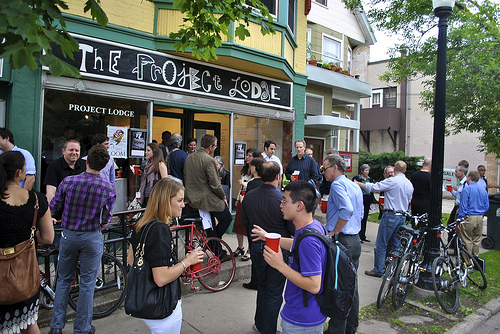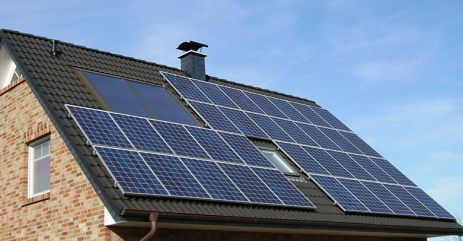On May 25, my husband and I generated our first kilowatt of clean, solar electricity from the rooftop of our home here in West Virginia. It was AMAZING — as in, your-first-paper-mache-baking-soda-volcano amazing. As soon as we turned on the system, I kept running back outside to check out the new meter that measures our total solar output.
On our very first day, our net meter showed we were making more energy on our rooftop than we were using, pushing that extra energy back out onto the grid and powering the homes of our neighbors.
As the week wore on, we were able to monitor online how much energy each of the 12 solar panels was generating, and it turns out we were able to make almost all the electricity we were using. Did I mention that it was amazing?
This adventure started a few months ago, when we used simple tools that we found online to figure out how much coal we were consuming every month. It was shocking. In just one winter month, when our electricity use was especially high, our small, historic house was consuming over four tons of coal!
We called Mountain View Solar and Wind, an experienced West Virginia company that recently made headlines for installing the first solar project in Mingo County, W.Va., in the heart of the Appalachian coalfields. They put together a proposal and told us that ours would be the first solar project in our small town, which is the oldest town in West Virginia. They also told us that, thanks to state and federal tax incentives, we would recoup about one-third of the cost of our system, not to mention lower utility bills for years to come. We were sold.
Getting our solar installed was much, much easier than I had imagined. We’ve been amazed at how much interest our solar project has generated in town. It was featured on the front page of the local paper, and Thursday evening, dozens of neighbors stopped by our house to learn about our system at a “solar mixer.” Hopefully we will inspire some of them to follow in our footsteps. According to a new Stanford study, that is very likely — the researchers found that for every 1 percent increase of solar installations in a zip code, the time until more solar is added decreases by 1 percent. Talk about positive peer pressure!
To encourage more people to go solar, the Sierra Club has just launched a very cool new Solar Homes Project, in partnership with the solar company Sungevity — check out this great video about the project featuring our executive director, Mike Brune, with a Sierra Club member who just installed solar panels on his house.
For every homeowner and Sierra Club member who puts solar on their rooftop, Sungevity will donate $1,000 to the Sierra Club.
Everybody wins with this partnership — the homeowner wins, the Sierra Club wins, and the planet wins. For now, this is just available in the San Francisco Bay Area, but we hope to bring the project to many more areas very soon. Please check it out, and participate if you can.
I have to tell you, it is an amazing feeling to know that all day, every day, I am making clean electricity on my own rooftop that does not blow up mountains, cause asthma and heart attacks, spew mercury into the air and water, or leave behind toxic waste. Sure, it lowers our energy bills and increases the resale value of our house. But at the end of the day, knowing that we have taken a big step to create a better world for our daughter is the only payback I need.




